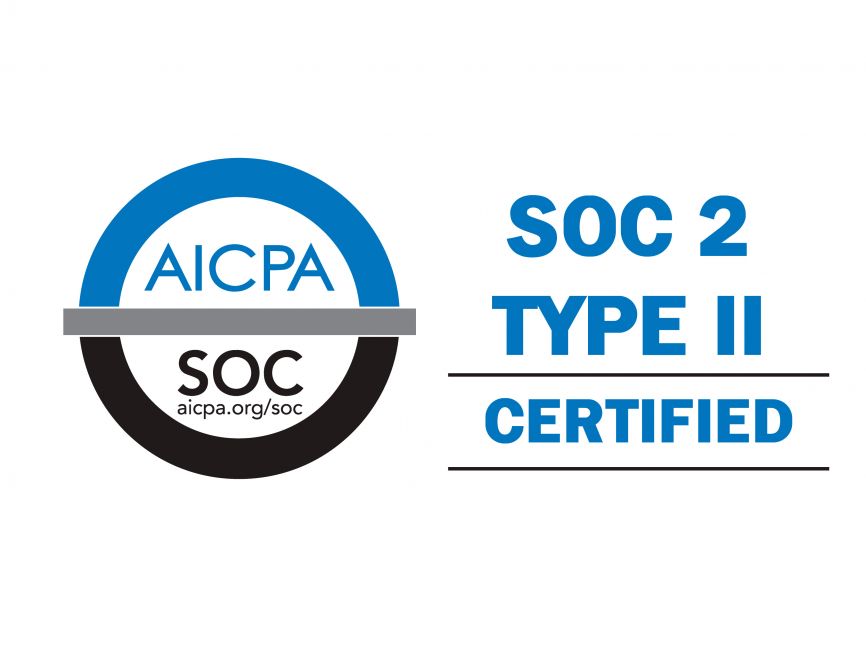In the rapidly evolving landscape of healthcare, revenue cycle management (RCM) plays a pivotal role in ensuring healthcare providers’ financial health and sustainability. Traditionally, RCM has been a complex and labor-intensive process characterized by manual workflows, disparate systems, and inefficiencies that often lead to revenue leakage and administrative burden. However, with the advent of technology and data analytics, the paradigm of RCM is shifting towards automation, integration, and optimization. In this blog post, we’ll explore the latest trends and innovations in revenue cycle management and how they are transforming the financial operations of healthcare providers.
One key driver of innovation in revenue cycle management is the advancement of technology. From electronic health records (EHR) systems to revenue cycle management software, healthcare providers can now access many technology solutions designed to streamline and automate RCM processes. These solutions leverage artificial intelligence (AI), machine learning, and robotic process automation (RPA) to enhance efficiency, accuracy, and decision-making in revenue cycle operations.
For example, AI-powered predictive analytics can analyze historical billing data to identify patterns and trends, enabling healthcare providers to address potential revenue cycle bottlenecks and optimize revenue capture proactively. Similarly, RPA can automate repetitive tasks such as claims processing, payment posting, and denial management, freeing up staff time to focus on more value-added activities and improving overall productivity.
In addition to technology, data analytics is increasingly important in revenue cycle management. By harnessing the power of data, healthcare providers can gain valuable insights into their revenue cycle performance, identify areas for improvement, and make data-driven decisions to optimize financial outcomes.
Advanced analytics tools can analyze vast amounts of billing and claims data to identify trends, patterns, and anomalies that may impact revenue cycle performance. For example, predictive analytics can forecast cash flow trends, identify high-risk claims, and predict patient payment behavior, allowing healthcare providers to take proactive measures to mitigate risks and optimize revenue capture.
Another trend shaping the future of revenue cycle management is the push toward integration and interoperability. Historically, healthcare providers have struggled with siloed systems and fragmented data, making it difficult to achieve seamless coordination and communication across the revenue cycle continuum.
However, with the adoption of interoperability standards such as HL7 and FHIR, healthcare organizations are breaking down data silos and integrating disparate systems to create a more cohesive and connected revenue cycle ecosystem. This interoperability enables seamless data exchange between EHR systems, billing platforms, and third-party vendors, streamlining workflows, reducing errors, and improving overall efficiency in revenue cycle operations.
In conclusion, the landscape of revenue cycle management in healthcare is undergoing a profound transformation driven by technology, data analytics, and interoperability. By embracing innovation and leveraging advanced solutions, healthcare providers can streamline and optimize their revenue cycle processes, improve financial outcomes, and enhance the overall efficiency of their operations. At American Exchange, we’re committed to staying at the forefront of these trends and partnering with our clients to navigate the evolving landscape of revenue cycle management, ensuring their long-term financial sustainability and success.

